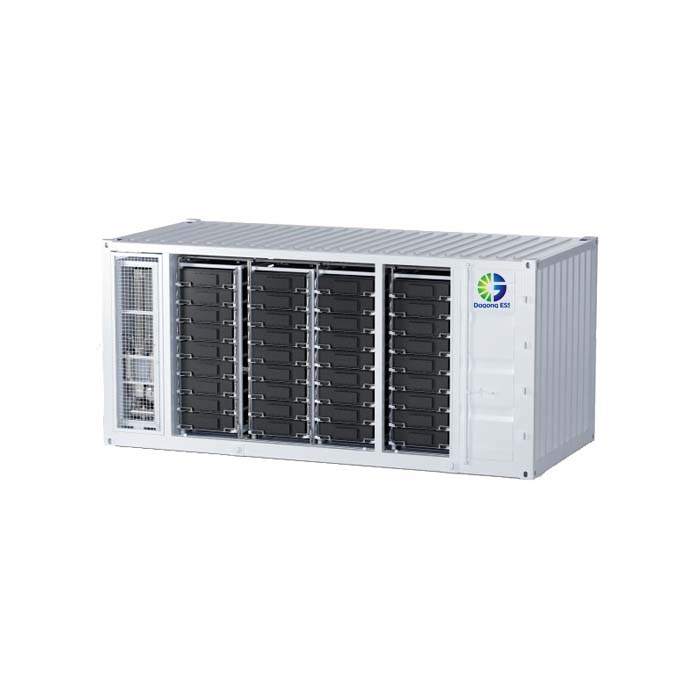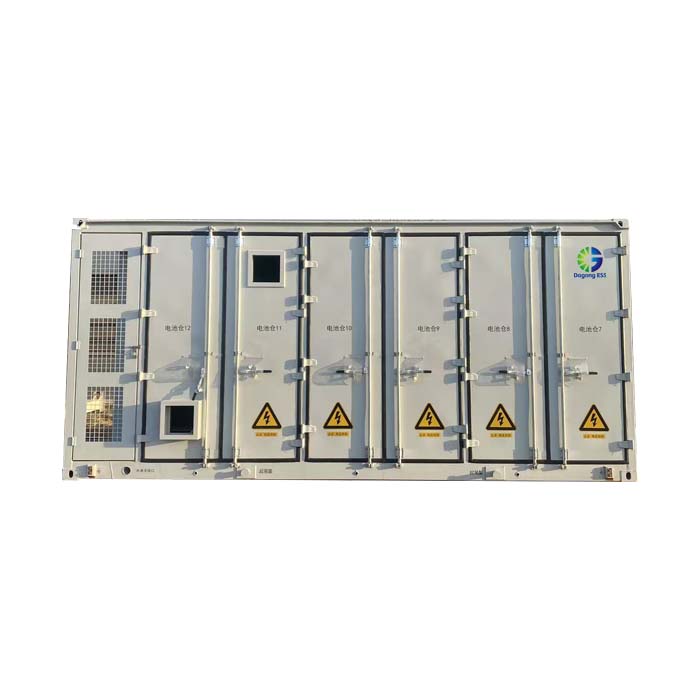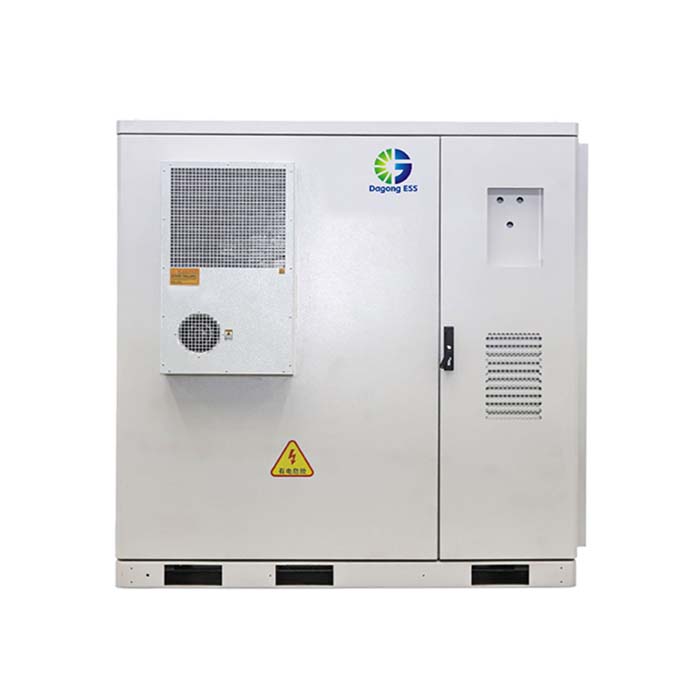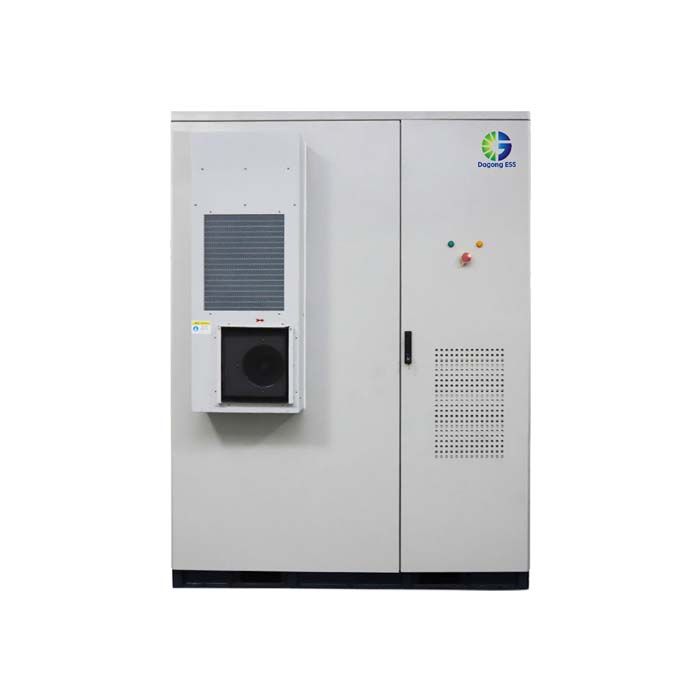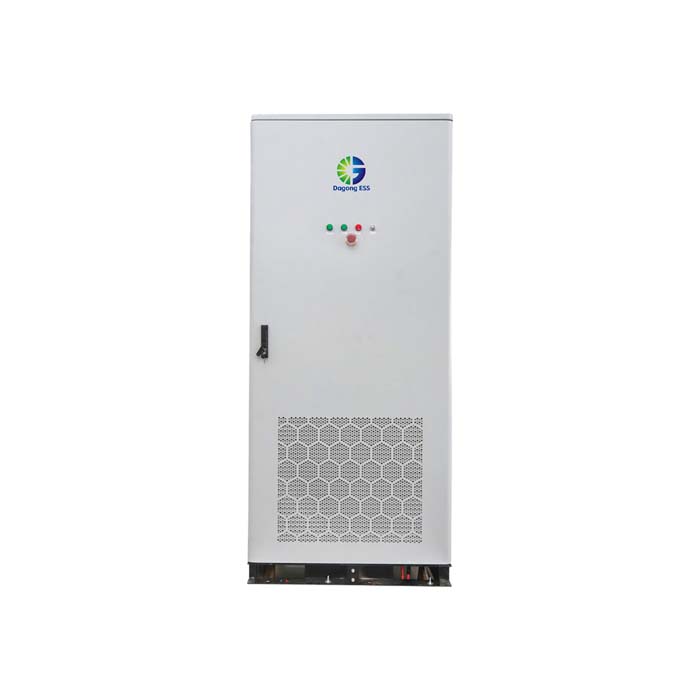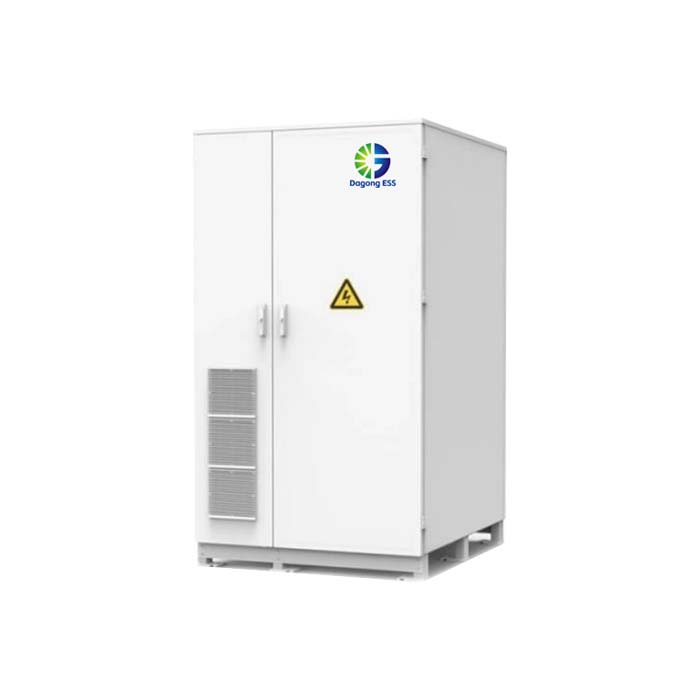China's New Policy on Industrial Microgrids: Opportunities for Energy Storage Investors
What is China's New Policy on Industrial Microgrids?
In July 2025, China's National Energy Administration introduced a new policy framework to accelerate the development of industrial microgrids. This initiative aims to improve energy resilience, promote distributed renewable energy integration, and reduce carbon emissions from factories and industrial parks.
The new policy encourages private capital investment, supports battery energy storage system (BESS) deployment, and allows flexible connection modes to the main grid. Industrial microgrids are expected to become self-sustaining energy ecosystems with PV, wind, and energy storage, particularly in high-load areas like the Yangtze River Delta and Greater Bay Area.
Types of Industrial Microgrids in China
Industrial microgrids can be broadly categorized into the following:
Grid-Connected Microgrids: Operate alongside the national grid and participate in peak shaving and demand response.
Isolated Microgrids: Fully independent, ideal for remote or islanded industrial zones.
Hybrid Microgrids: Combine grid interaction with autonomous operation capabilities.
Most new projects in China focus on hybrid microgrids, supported by policy-driven pilot zones.
Features of Energy Storage Systems in Industrial Microgrids
Key features of ESS used in industrial microgrids include:
Modularity & Scalability: Systems from 100kWh to multi-megawatt are common.
Fast Response: Millisecond-level response for peak shifting and frequency regulation.
Smart EMS Integration: Real-time data optimization with AI-based energy dispatch.
High Cycle Life: LFP batteries with 8000+ cycles for long-term operation.
Leading energy storage container solutions such as 144kWh air-cooled cabinets and 372kWh liquid-cooled modules are widely deployed in China’s industrial parks.
Applications of Energy Storage in Industrial Microgrids
The policy opens up vast applications for energy storage:
Peak Shaving: Reduce grid demand charges for factories.
Backup Power: Maintain uptime during grid outages.
Renewable Integration: Balance intermittent PV/wind generation.
Ancillary Services: Participate in demand-side management and virtual power plants (VPPs).
Industrial parks in Jiangsu and Guangdong are already piloting 1MWh to 5MWh ESS installations as part of their decarbonization plans.
Price of Industrial Microgrid ESS in China
The cost of energy storage systems for renewable energy integration depends on several factors, including system capacity, storage duration, battery type, control software, installation conditions, and auxiliary equipment.
Pricing is usually quoted under international trade terms such as EXW, FOB, or CIF, depending on project location and logistics preferences.
For a tailored quotation based on your specific project needs, it's best to consult directly with the supplier.
How to Select ESS for Your Industrial Microgrid Project?
When selecting ESS for industrial microgrid projects, consider:
Cooling method (air-cooled for flexibility, liquid-cooled for large capacity)
Footprint and modularity
Battery chemistry (e.g., LFP for safety and longevity)
Grid connection standards and compliance
Intelligent EMS compatibility
Well-established suppliers offer pre-engineered systems like 215kWh air-cooled cabinets or 5MWh liquid-cooled containers to suit different microgrid needs.
How Long Does an Industrial Microgrid ESS Last?
Most high-quality lithium iron phosphate (LFP) energy storage systems designed for industrial use offer:
Cycle life: 6000–10,000 cycles
Calendar life: 15+ years
Warranty: Typically 5–10 years, depending on configuration and usage
Proper EMS tuning and environmental control can significantly extend system lifespan.
The Supplier of Industrial Microgrid Energy Storage Systems
With growing interest in China's microgrid market, several suppliers have upgraded their ESS product lines. Manufacturers offering pre-integrated air-cooled or liquid-cooled solutions with scalable rack or containerized formats are well-positioned to benefit from this boom.
Solutions such as 100kWh to 241kWh air-cooled BESS or 372kWh liquid-cooled systems are already deployed in energy-intensive industries like electronics, textiles, and chemicals.
If you are interested in industrial energy storage products for microgrid applications, please contact Dagong ESS.
Email: sales@dagongess.com
Website: www.dagongess.com


